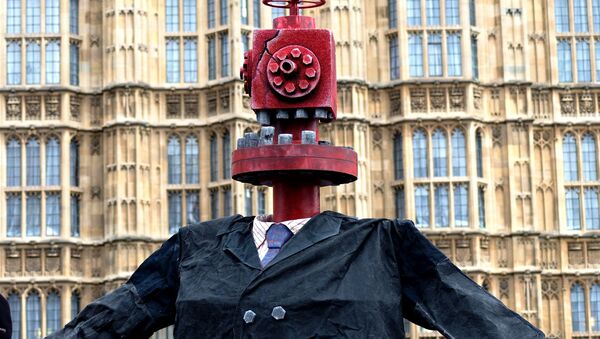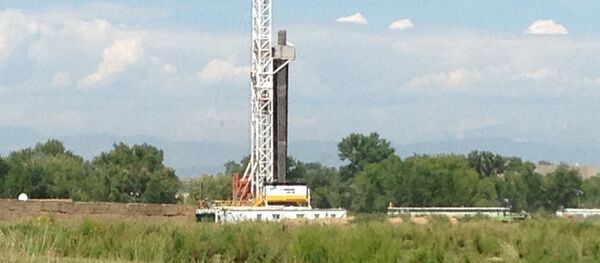MOSCOW (Sputnik) — The measures, which were expected to be voted on in November, contained provisions for granting local governments powers to regulate fracking as well as establishing a 2,500-foot buffer zone between oil and gas sites and objects such as water sources, waterways, public parks and other occupied buildings or areas of special concern.
"Two proposed ballot measures aimed at adding more limitations on oil and natural gas drilling in Colorado failed to make the November ballot because supporters didn't collect enough valid voter signatures," the office said in a statement published on its website.
The proposals gathered enough signatures but failed the random sample test, during which 5 percent of total signatures are analyzed, with invalid signatures rejected. The results are projected on the total number of signatures, a corresponding percentage of which is then rejected.
Both measures, despite getting over 107,000 and 106,000 signatures respectively, failed to clear the 98,492-signature barrier after around a fifth of signatures was invalidated, according to the statement.
In May, the Colorado Supreme Court ruled that local authorities are not eligible to ban hydraulic fracturing. One of the measures was supposed to challenge that decision.
Fracking is a process in which water mixed with chemicals is pumped underground at high pressure to break apart rock formations to release oil or natural gas to wellheads. Environmental groups have repeatedly warned that chemical residues left over from fracking could contaminate underground supplies of drinking water.
This year, polls revealed a rise in public opposition to the method, with over 50 percent of the US citizens saying they oppose fracking against 36 who support it. Last year, opposition to fracking was around 40 percent.




